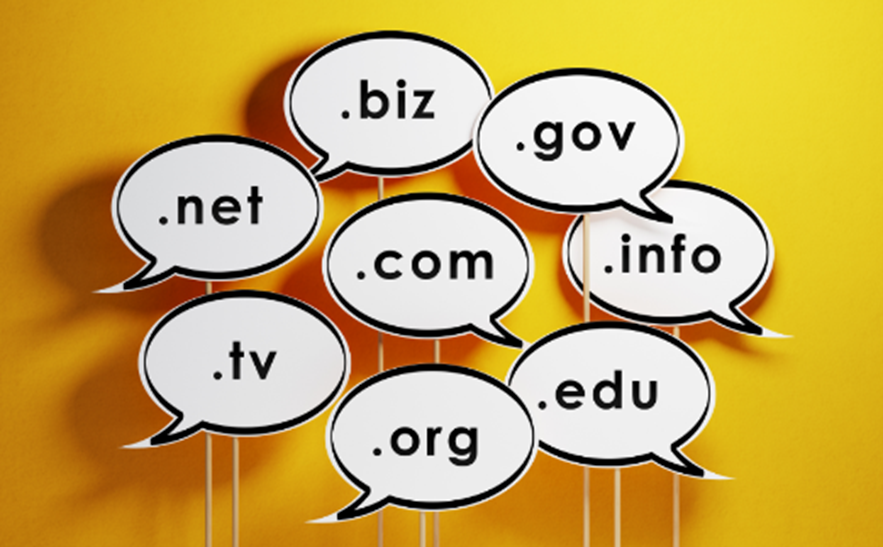
Have you ever typed a web address, hit enter, and found yourself on an unexpected website just because of a simple typo? This is cybersquatting in action—an online maneuver that poses significant threats to both individuals and businesses, constantly challenging the landscape of cybersecurity.
Understanding Cybersquatting
Cybersquatting, also known as domain squatting, revolves around registering domain names that closely resemble established entities—businesses, organizations, or individuals—with the intent to deceive users or extort money. Often driven by financial motives, cybersquatters exploit the popularity and recognition of renowned brands. The consequences, however, reach far beyond mere financial losses; they can deeply stain the victim’s reputation.

Preventing Cybersquatting
Safeguarding against cybersquatting requires a proactive stance:
Cybersquatting in the Bigger Picture
Cybersquatting is just one facet of the evolving cyber threat landscape. Hackers continually innovate new strategies, making it imperative to stay vigilant and adapt security measures accordingly.
Conclusion
Cybersquatting remains a persistent threat in the digital realm, capable of causing substantial harm to individuals and enterprises alike. Yet, with proactive measures such as trademark registration, diverse TLD investments, and cautious online behavior, you can significantly mitigate the risk of falling prey to these deceptive practices.
However, cyber threats constantly evolve, demanding continuous vigilance and robust security measures. To ensure comprehensive protection against such threats and fortify your digital defenses, consider seeking expert guidance.
We offer a no-obligation Security Risk Assessment to identify vulnerabilities and craft a tailored action plan to bolster your security posture. Take the proactive step towards safeguarding your digital presence—book a 10-minute Discovery Call with our team today. Protect your digital assets and secure your peace of mind. Your security matters. Schedule your consultation now to stay steps ahead of cyber threats.